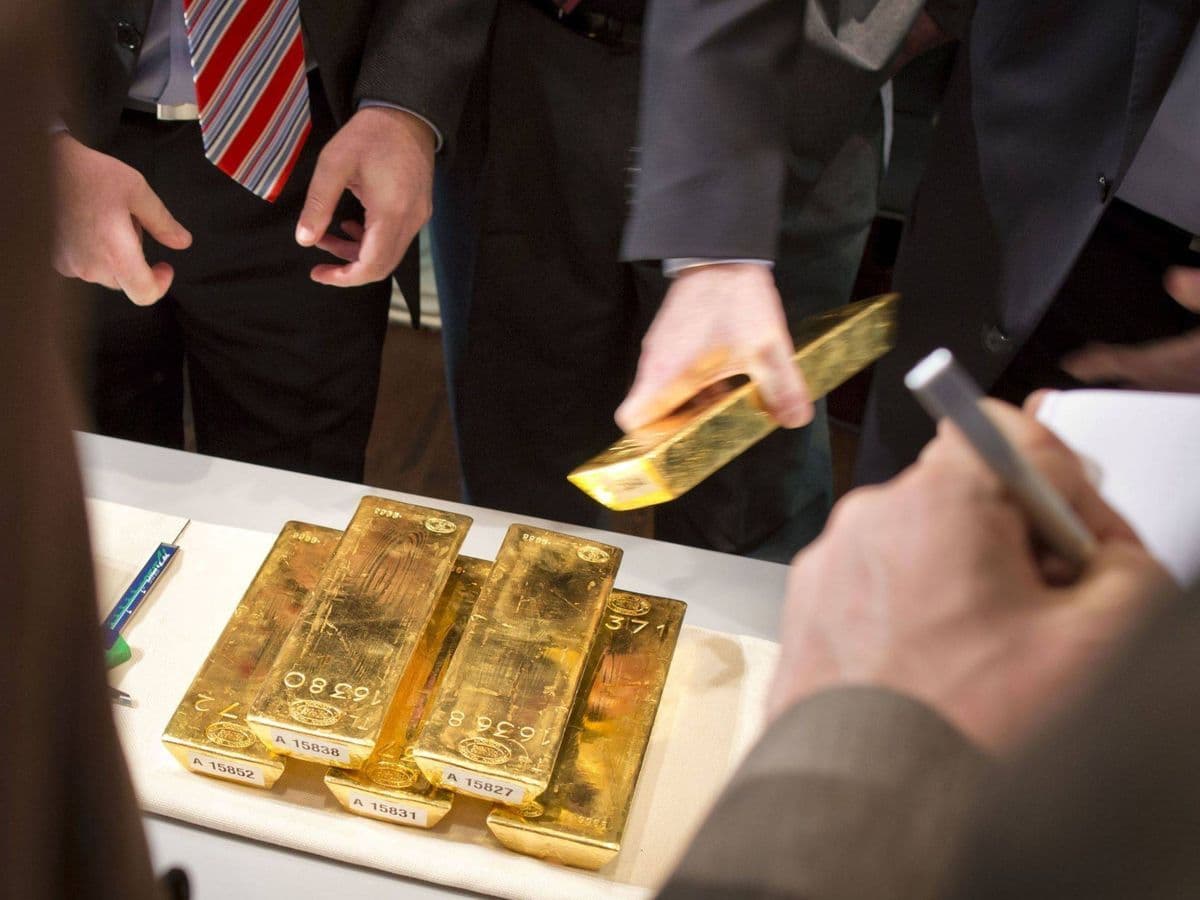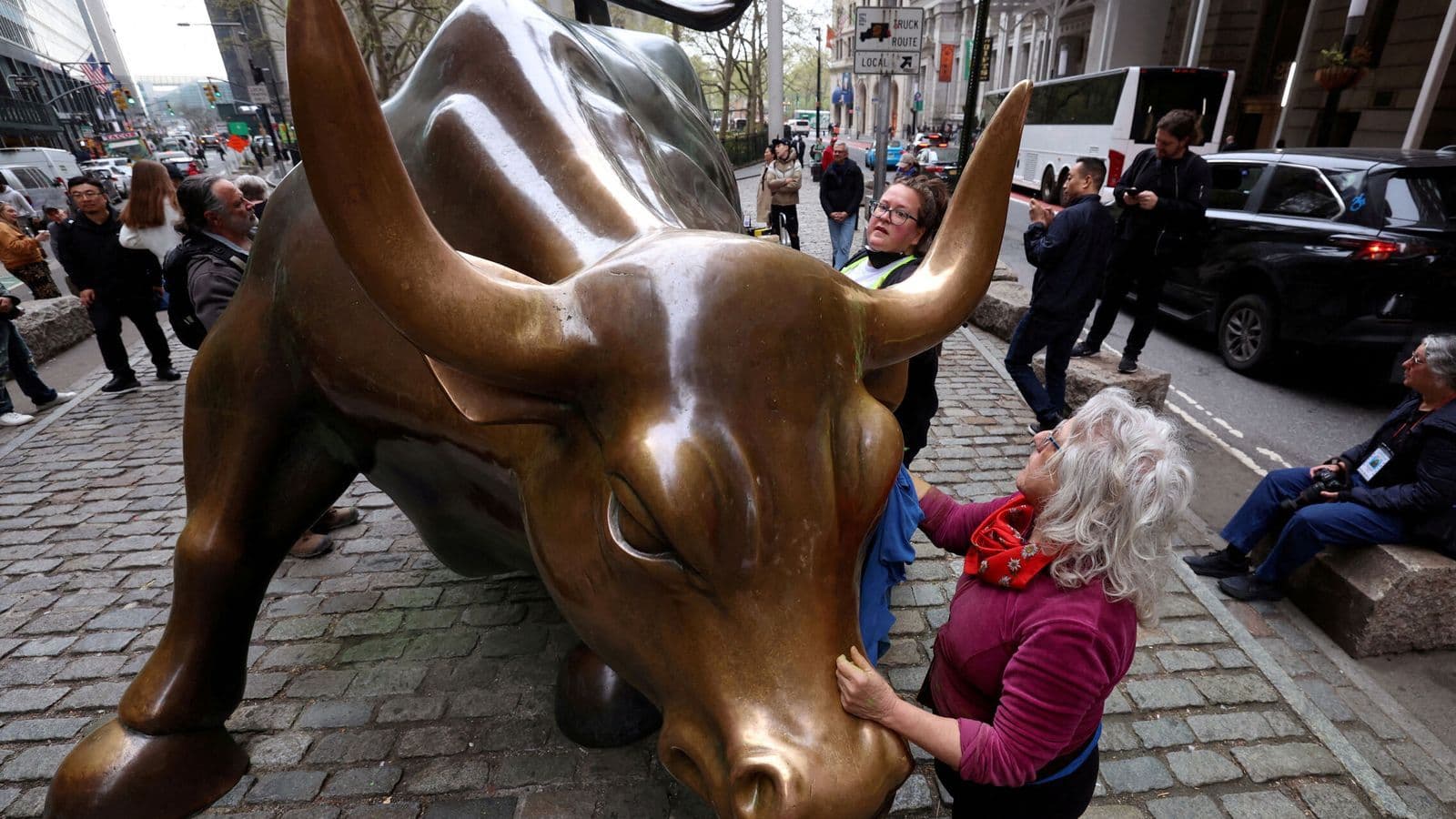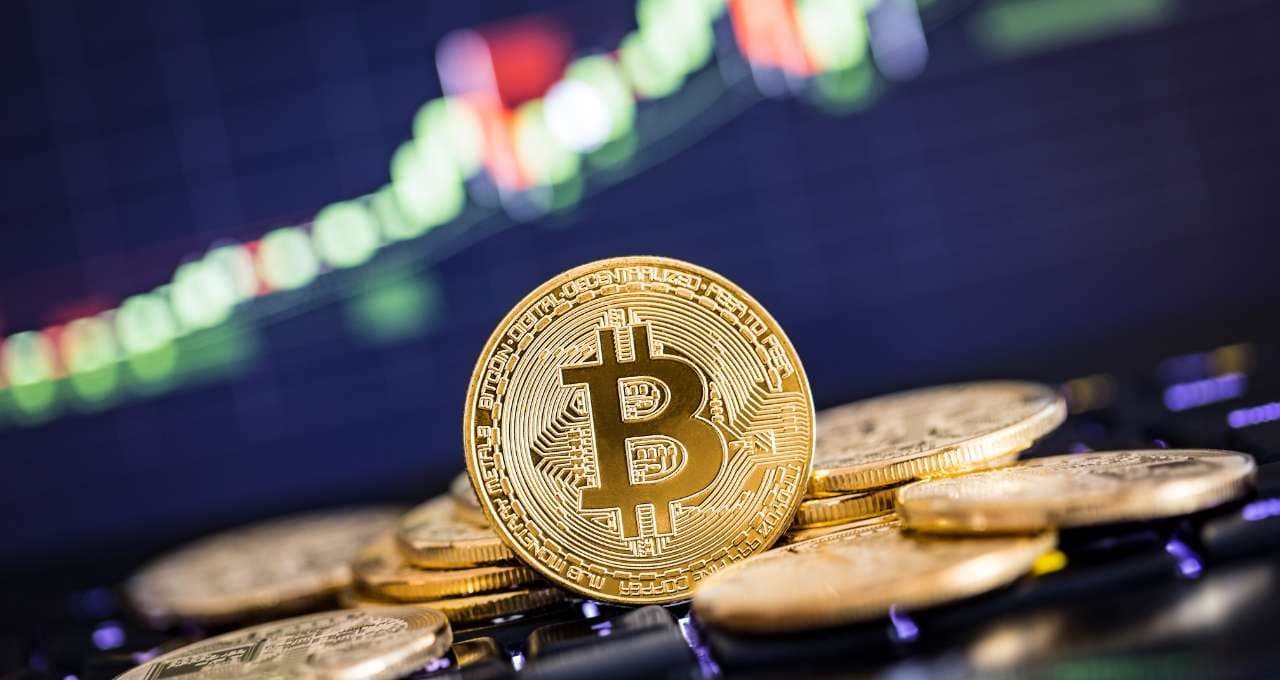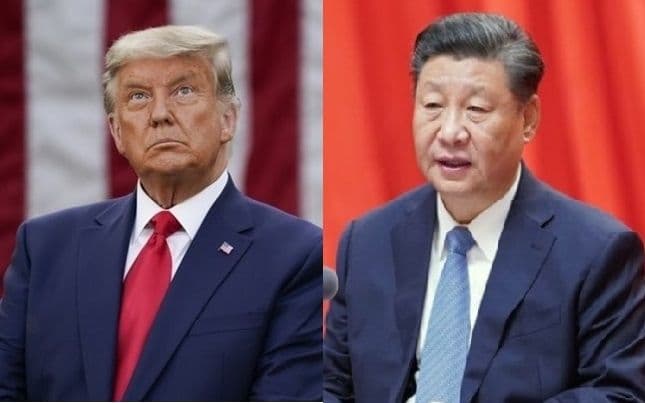The Reluctant Anchor: Gold's Price as a Pulse Check on Global Stability
Gold's record price surge isn't just market speculation. It's a critical global indicator of eroding trust in traditional finance and shifting geopolitical power. Decode its true message.

The Golden Crossroads: A Market in Search of Meaning
Gold is currently experiencing its third major surge in the last half-century, prompting many to wonder if this time truly is different. Historically, the metal's allure as a stable, long-term store of value has often been a mirage. Consider the early 1980s, when gold plummeted by half its value in just two years as the prioritized combating inflation, even at the cost of a double recession. It took over a quarter-century for gold to merely recover its January 1980 peak, and adjusted for inflation, that recovery only happened recently. Similarly, following its 2011 high, gold prices dipped for five years, and despite a rebound in 2020, they were still lower just two years ago. This checkered past casts a long shadow over the current rally, yet a compelling narrative suggests a fundamental shift. The basic argument for gold today is that the world desperately needs an alternative to the . This quest for a new anchor gained significant momentum after the freezing of reserves following the invasion of , causing central banks globally, especially in developing nations, to question the reliability of claims on Western governments. Investors, too, are increasingly wary, eyeing the independence of the , the escalating public debt, and the unsettling prospect of politicians opting for inflation over fiscal responsibility. Other major currencies carry their own political baggage, as recent events in have highlighted. This isn't just about inflation; it's about a profound re-evaluation of trust in the global financial architecture.

Ghosts of Peaks Past: Learning from Gold's Volatile History
The notion that "this time will be different" is, as professors Carmen Reinhart and Ken Rogoff famously illustrated, a dangerous refrain across eight centuries of financial folly. Gold, often hailed as the ultimate safe haven against governmental and banking eccentricities, is supposedly exempt from such cycles. Yet, history tells a starkly different story. The current doubling of gold's price over the past two years echoes similar dramatic increases between 1979-1980 and 2010-2011. In both previous instances, investor fears revolved around the 's potential failure to curb inflation and the erosion of the dollar's value. The 1970s saw concerns about presidential control over the Fed, reminiscent of 's era. Post-2008, prominent investors and economists worried that the Fed's quantitative easing would degrade the currency and spark inflation. In both periods, these fears largely proved unfounded, leading to significant corrections. Gold lost half its value in the early 80s, taking decades to recover in real terms. The 2011 peak also saw a five-year decline. strategists point out that gold's share of global investment assets has risen from 4% to 6% in two years, its highest since 1986. While significant, it pales in comparison to the extreme case of 1980, when gold peaked at an astounding 22% of investments during a period of rampant inflation and speculative frenzy. This historical pattern serves as a potent reminder of gold's capacity for dramatic, and often painful, volatility.
The Sovereign Embrace: Why Nations Turn to Gold in an Uncertain Era
Despite gold's volatile past, a distinct and powerful force is at play today: the strategic accumulation by sovereign nations. This isn't just about individual investors hedging against inflation; it's a geopolitical maneuver. The seismic shift towards gold by central banks was undeniably triggered by the freezing of foreign reserves. This unprecedented action forced developing nations to confront a chilling reality: their claims on Western governments, held in reserve currencies, could be weaponized. The subsequent scramble for gold reflects a deep-seated desire to diversify away from dollar dependence and secure national wealth in an asset less susceptible to political whims or sanctions. This "devaluation trade" theory posits that politically weak and indebted governments will eventually choose inflation over painful austerity or tax hikes, making gold a crucial long-term insurance policy against sustained low interest rates and currency erosion. While individual speculative fever certainly plays a role, the long-term rationale for state-level gold hoarding is fundamentally different from short-term market reactions to events like the "Powell pivot," where the Fed chairman signaled a shift from inflation focus to employment. Nations are building a bulwark against systemic instability, not merely chasing quick gains.
When Fear Fuels Frenzy: Disentangling Gold's Speculative Surge
While geopolitical anxieties certainly provide a bedrock for gold's appeal, we must also dissect the speculative fervor that often amplifies its price movements. It's plausible that many recent buyers are less driven by a deep-seated fear of inflation or systemic collapse and more by the simple, irresistible momentum of a rising price. This self-reinforcing dynamic, where buying begets more buying, is a classic hallmark of speculative bubbles, and gold has historically been susceptible to such excesses. The question arises: has the underlying risk truly escalated so dramatically, so quickly, to justify the rapid ascent in gold's price? Or are speculators merely betting on other people's perception of increased risk, creating a feedback loop that inflates the "price of insurance"? The short-term catalysts are often clearer, such as Chairman 's speech in Jackson Hole, which, by signaling a shift in focus from inflation to employment, immediately buoyed gold. This kind of market reaction, while understandable, can obscure the fundamental drivers and instead fan the flames of a speculative surge. It’s a delicate balance between genuine concern over currency devaluation and the infectious excitement of a market on the move. The danger, as history warns us, is when gold becomes primarily an object of speculative excess, detaching from its intrinsic value as a stable asset and mirroring the very financial follies it's meant to protect against.

Beyond the Glint: Charting Gold's Future as a Global Indicator
So, where does gold go from here, beyond the current speculative glint and historical echoes? The long-term case for gold remains compelling, rooted in the "devaluation trade" – the persistent belief that politically weak, indebted governments will inevitably choose inflation over fiscal discipline. If this hypothesis holds true, and if the 's dominance faces a genuine, sustained challenge, then gold could indeed reclaim a significantly more central role in global finance. It would transcend its traditional function as a mere inflation hedge, evolving into a fundamental indicator of sovereign security and a vital counter-balance to the volatility of fiat currencies. However, the path isn't straightforward. The gold market is a complex interplay of fundamental concerns, geopolitical shifts, and plain old speculative appetite. While central banks continue to accumulate, signaling a profound shift in global financial strategy, individual investors must navigate the inherent risks of a market susceptible to bubbles. The real value of gold, as a reluctant anchor in turbulent times, might lie not just in its price appreciation, but in its ability to serve as a constant pulse check on the health of global trust and stability. Whether this time truly is different, or if we're simply witnessing another chapter in the "eight centuries of financial folly," gold's journey will undoubtedly continue to offer profound insights into the evolving global landscape.
Related Articles

Bitcoin's Bipolar Journey: Unraveling the Forces Shaping Its Next Chapter

Bitcoin's Bipolar Journey: Unraveling the Forces Shaping Its Next Chapter

The Golden Standard Goes Digital: Unpacking Vietnam's Mandatory Transfer Revolution

The Golden Standard Goes Digital: Unpacking Vietnam's Mandatory Transfer Revolution

Europe's Silent Reckoning: Unpacking the Decade-High Bond Yields and Future Shockwaves

Europe's Silent Reckoning: Unpacking the Decade-High Bond Yields and Future Shockwaves

The Geoeconomic Chessboard: Tariffs, Rare Earths, and Strategic Vulnerabilities
